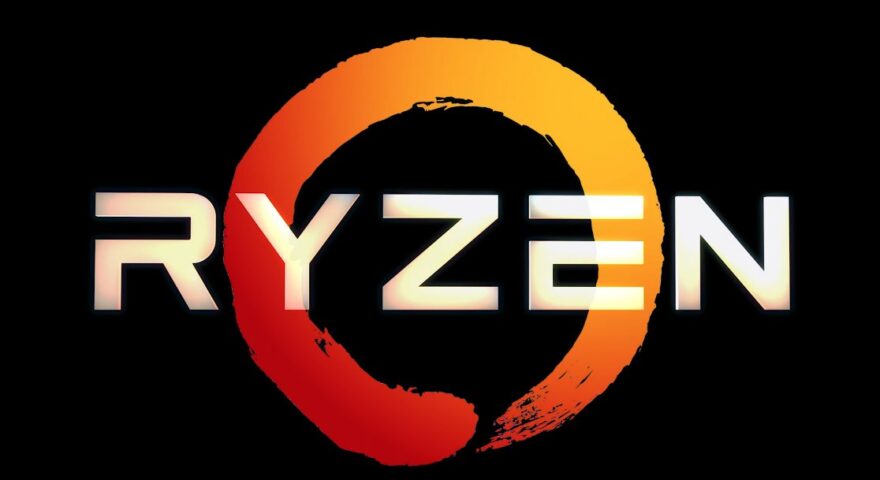AMD Ryzen 5000 CPUs Work With 300 Series Motherboards?
Mike Sanders / 4 years ago

Officially speaking, at the time of writing, AMD Ryzen 5000 processors are only technically supported on B550, A520, and X570 motherboards. While support will be added for 400-series designs around the new year, however, in terms of the 300 platform, it was believed that AMD was effectively dropping this from the line-up. It was, after all, the motherboard series that marked the debut of Ryzen/AM4 and things have undoubtedly moved on a little since.
Following a report via TechPowerUp, however, sources are claiming that despite there being no Ryzen 5000 support for 300-series motherboards, these brand new processors may still be (sort of) compatible.
AMD Ryzen 5000 on 300-Series Motherboards?
One of the biggest reasons older motherboard support has been dropped is due to the limited memory provided with those models. Put simply, you can only fit so many CPU/RAM profiles into that very small amount of space and one compromise seen to support Ryzen 3000 on 300-series motherboards, for example, was a huge graphical downgrade to many BIOS menus. I know this for a fact as my spare PC uses a B350.
It seems, however, that the more technically minded area of the community has been hard at work and with a little tweaking with a beta BIOS and AGESA update, a Ryzen 9 5900X has been shown ‘running’ on a modded ASRock A320M motherboard.

What Do We Think?
Based on the information released over the last 6 months, until the official confirmation arrived, it always seemed like a 50/50 if 400-series motherboards would support Ryzen 5000. In terms of 300-series designs, however, this was definitely not expected and while it does seem that Ryzen 50000 compatibility is possible under certain circumstances (and likely with very particular motherboard models), users shouldn’t be hopeful for official support ever arriving for B350, X370, or A520. – More so, while the BIOS in the image above clearly (and correctly) recognizes the CPU, there is still nothing necessarily guaranteeing that it’s working 100% correctly.
Still, despite this likely not representing anything more than a curiosity, it’s definitely more than a little remarkable to see this has been done without the apparent formal blessing of AMD or their motherboard partners!
What do you think? – Let us know in the comments!



















